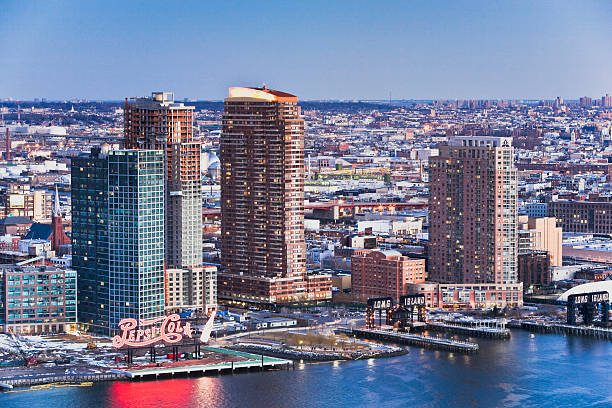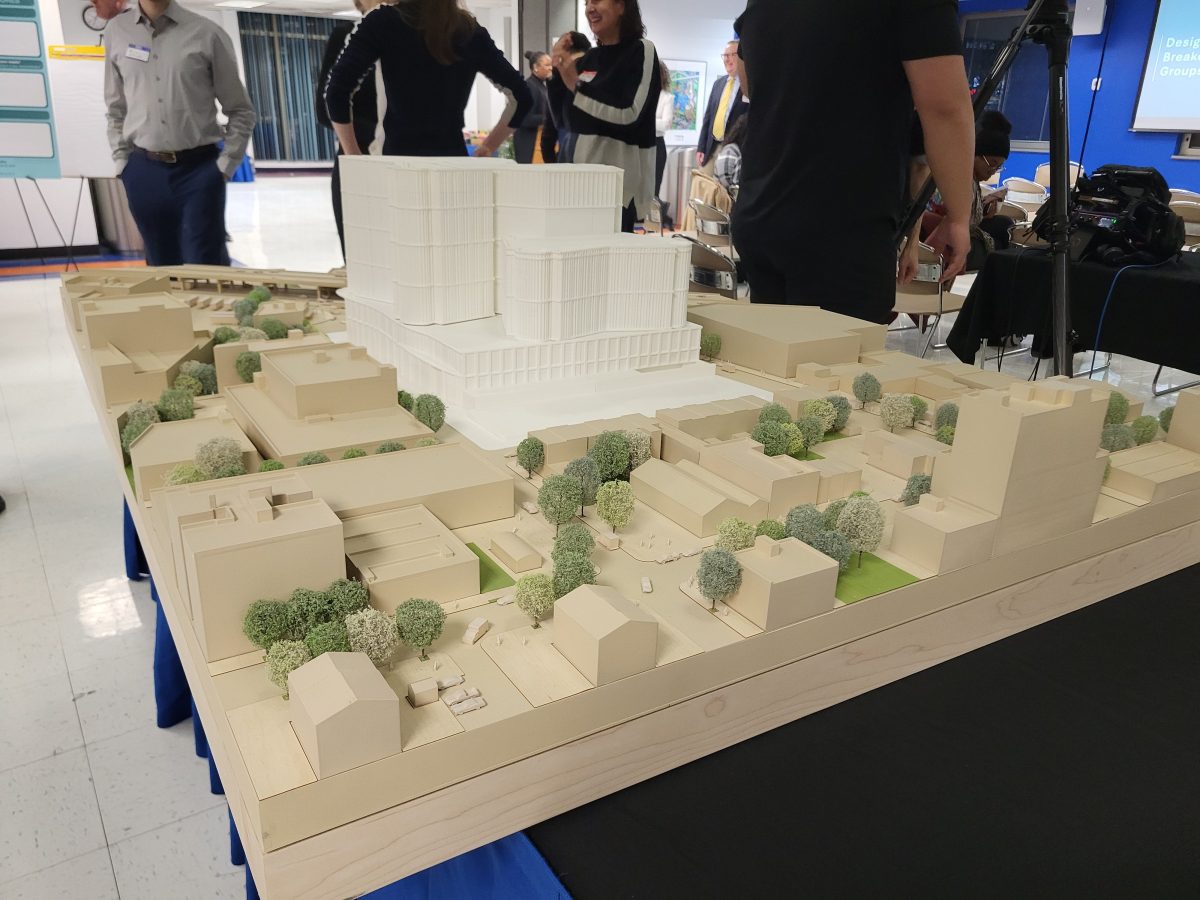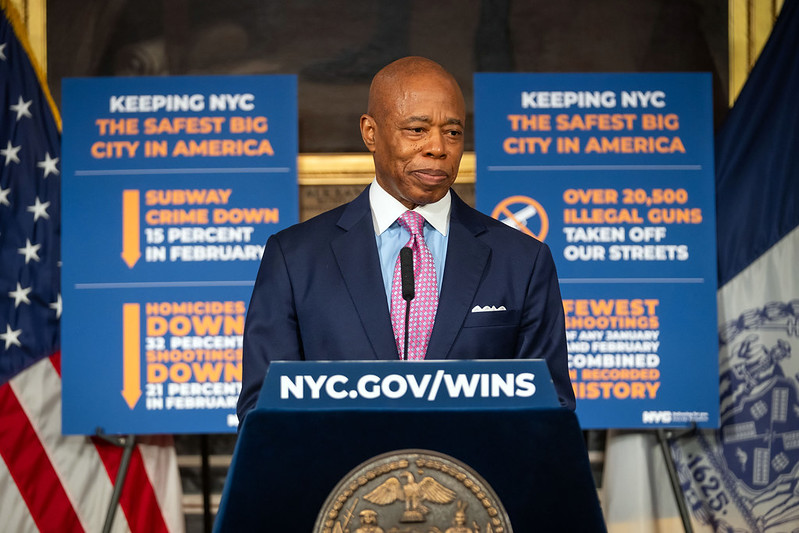
An influential urban planning group has thrown its weight behind scrapping a size limit on city residential buildings in the name of preventing displacement.
In its fourth long-term plan, the Regional Plan Association shifted its focus toward housing the metro region’s growing population without exacerbating the exodus of those struggling to keep up with the rising cost of living, according to Moses Gates, the group’s director of community planning and design.
The plan, released Thursday, contends the city could bolster its stock of affordable housing by changing a state law capping the size of residential buildings. Gates said the measure makes it difficult for the city to implement its new affordable housing program in affluent areas like the Upper West Side, the Upper East Side, Downtown Brooklyn and Long Island City, where city zoning rules already allow buildings to hit the state maximum.
If the size limit is lifted, the city could usher in larger residences, but require at least one-fifth of units to be rented at below market-rate, as called for under the city’s mandatory inclusionary housing program.
“They’re the kind of very high-income areas and high-market areas that could really benefit from some mixed-income requirements on them,” Gates said, while discussing a provision limiting residential buildings’ size or floor area ratio (FAR) to 12 times the lot they are built on. “I would say the 12 FAR cap being lifted is an idea whose time has come in short order.”
Indeed, Mayor Bill de Blasio’s administration suggested lifting the state cap in a housing plan they put out in May 2014. And recent lobbying disclosure documents show the real estate industry’s chief lobbying group has been discussing the cap with city and state officials.
“We should not artificially restrict residential development in a city that so desperately needs more housing,” the board’s president, John Banks, said. “Lifting the cap is an issue that should be explored to address our city’s housing shortage.”
The 1960s-era state limit, a relic of concerns about new construction capabilities creating monstrous slums, seems arbitrary, according to Gates, since several pre-war office buildings that exceed the cap have been converted into residences.
But the push comes as communities from the Upper West Side to Two Bridges have decried skyscrapers slated to rise among shorter buildings. City Councilman Ben Kallos, who represents the Upper East Side, called for capping building heights across the neighborhood.
Gates said altering the state law would not accelerate the proliferation of slim towers, stacked with huge, luxury units, which have roiled some communities.
He said the city could work with neighborhoods to impose height limits or other design rules, while still allowing for larger, albeit squatter structures.
“You can kind of solve both problems at once, to a large extent, if you do a rezoning,” Gates said, adding that affordable housing provisions might deter developers from creating towers full of mansions. “They’re not going to reserve 20 apartments of 10,000-square-feet or whatever as affordable housing. They’re going to redesign the building so it’s not just a bunch of luxury mansions, so it’s a real apartment building, with real-sized apartments.”
Gov. Andrew Cuomo’s office and a spokesman for the state Senate did not respond to inquiries about the residential cap. A spokesman for the Assembly speaker said the body would review any related legislation.






































